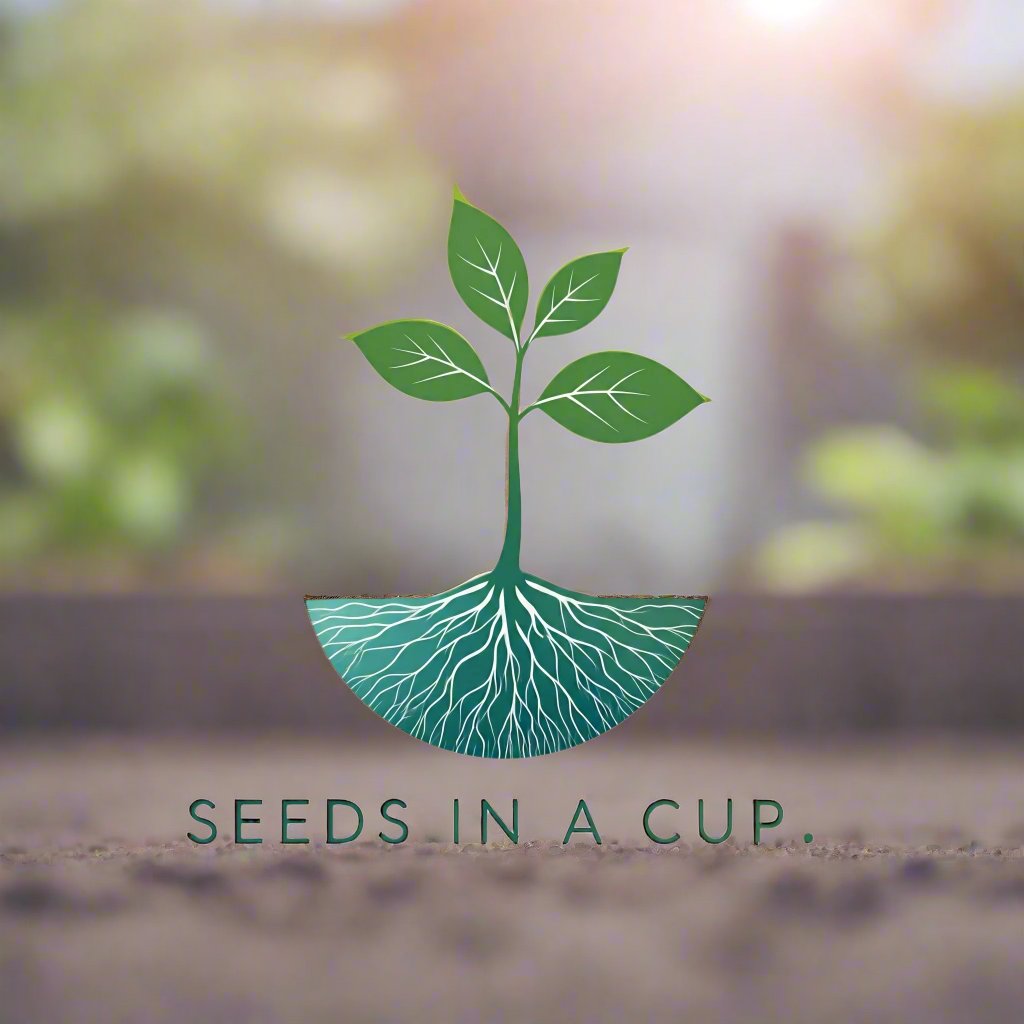
How to Store Harvested Produce: Plant-Specific Tips for Maximum Freshness
Share
How to Store Harvested Produce: Plant-Specific Tips for Maximum Freshness
Storing your harvested produce properly is key to maintaining its freshness, flavor, and nutritional value. Different fruits and vegetables have unique storage requirements. Here’s a guide to help you store your garden’s bounty effectively, with plant-specific examples.
1. Tomatoes
-
Storage Tip: Store tomatoes at room temperature away from direct sunlight. Do not refrigerate as this can affect their texture and flavor.
-
Extra Tip: Place them stem-side down to prolong shelf life.
2. Lettuce
-
Storage Tip: Rinse, dry, and store lettuce in a salad spinner or wrapped in paper towels in a perforated plastic bag in the refrigerator.
-
Extra Tip: Keep away from ethylene-producing fruits like apples and bananas to prevent wilting.
3. Carrots
-
Storage Tip: Remove green tops, rinse, and store carrots in a plastic bag or a container with a lid in the refrigerator’s crisper drawer.
-
Extra Tip: Carrots can also be stored in a sand box in a cool, dark place to keep them crisp.
4. Basil
-
Storage Tip: Treat basil like cut flowers. Place stems in a jar of water at room temperature and cover loosely with a plastic bag.
-
Extra Tip: Avoid refrigeration as basil is sensitive to cold and may turn black.
5. Bell Peppers
-
Storage Tip: Store bell peppers in the refrigerator’s vegetable drawer in a plastic bag. They can last up to 1-2 weeks.
-
Extra Tip: Avoid washing peppers until you’re ready to use them to prevent moisture buildup.
6. Cucumbers
-
Storage Tip: Store cucumbers in a plastic bag in the refrigerator’s crisper drawer. They can last up to a week.
-
Extra Tip: Keep cucumbers away from ethylene-producing fruits to prevent yellowing.
7. Potatoes
-
Storage Tip: Store potatoes in a cool, dark, and well-ventilated place, such as a pantry or cellar. Avoid refrigerating as it can alter their taste.
-
Extra Tip: Keep potatoes away from onions to prevent sprouting.
8. Garlic
-
Storage Tip: Store garlic bulbs in a cool, dry, and well-ventilated place, such as a mesh bag or basket. They can last several months.
-
Extra Tip: Do not store garlic in the refrigerator as it can sprout and spoil quickly.
9. Apples
-
Storage Tip: Store apples in the refrigerator’s crisper drawer to extend their freshness. They can last several weeks to months.
-
Extra Tip: Keep apples away from other produce as they produce ethylene gas which can hasten ripening.
10. Onions
-
Storage Tip: Store onions in a cool, dry, and dark place with good air circulation, such as a mesh bag or basket.
-
Extra Tip: Keep onions away from potatoes to prevent them from sprouting.
11. Zucchini
-
Storage Tip: Store zucchini in a plastic bag in the refrigerator’s crisper drawer. They can last up to a week.
-
Extra Tip: Do not wash zucchini until you’re ready to use it to avoid excess moisture.
12. Spinach
-
Storage Tip: Rinse, dry, and store spinach in a plastic bag with a paper towel to absorb excess moisture in the refrigerator’s crisper drawer.
-
Extra Tip: Use spinach within a few days for best quality.
13. Strawberries
-
Storage Tip: Do not wash strawberries until you’re ready to eat them. Store in a single layer in the refrigerator.
-
Extra Tip: Place a paper towel in the container to absorb excess moisture and prevent mold.
14. Kale
-
Storage Tip: Wrap kale in a damp paper towel and store in a plastic bag in the refrigerator’s crisper drawer.
-
Extra Tip: Use within a week for the best taste and texture.
15. Radishes
-
Storage Tip: Remove green tops, rinse, and store radishes in a plastic bag in the refrigerator’s crisper drawer.
-
Extra Tip: Radishes can also be stored in a bowl of water in the refrigerator for added crispness.
16. Green Beans
-
Storage Tip: Store green beans in a plastic bag in the refrigerator’s vegetable drawer. They can last up to a week.
-
Extra Tip: Do not wash green beans until you’re ready to use them to avoid moisture buildup.
17. Beets
-
Storage Tip: Remove green tops, leaving about an inch of stem, and store beets in a plastic bag in the refrigerator’s crisper drawer.
-
Extra Tip: Beets can also be stored in a box of moist sand in a cool, dark place.
18. Peaches
-
Storage Tip: Store peaches at room temperature until ripe, then refrigerate to extend their shelf life.
-
Extra Tip: Place peaches in a paper bag to speed up ripening if needed.
19. Rosemary
-
Storage Tip: Wrap rosemary sprigs in a damp paper towel and store in a plastic bag in the refrigerator.
-
Extra Tip: Freeze rosemary in ice cube trays with water or olive oil for longer storage.
20. Broccoli
-
Storage Tip: Store broccoli in a plastic bag in the refrigerator’s crisper drawer. Use within a week for best quality.
-
Extra Tip: Place a damp paper towel in the bag to keep broccoli fresh.
Conclusion
Proper storage of your harvested produce ensures that you can enjoy fresh, flavorful, and nutritious fruits and vegetables for as long as possible. By following these plant-specific tips, you can extend the shelf life of your garden’s bounty and reduce food waste. Happy harvesting! 🌱🥕🍅